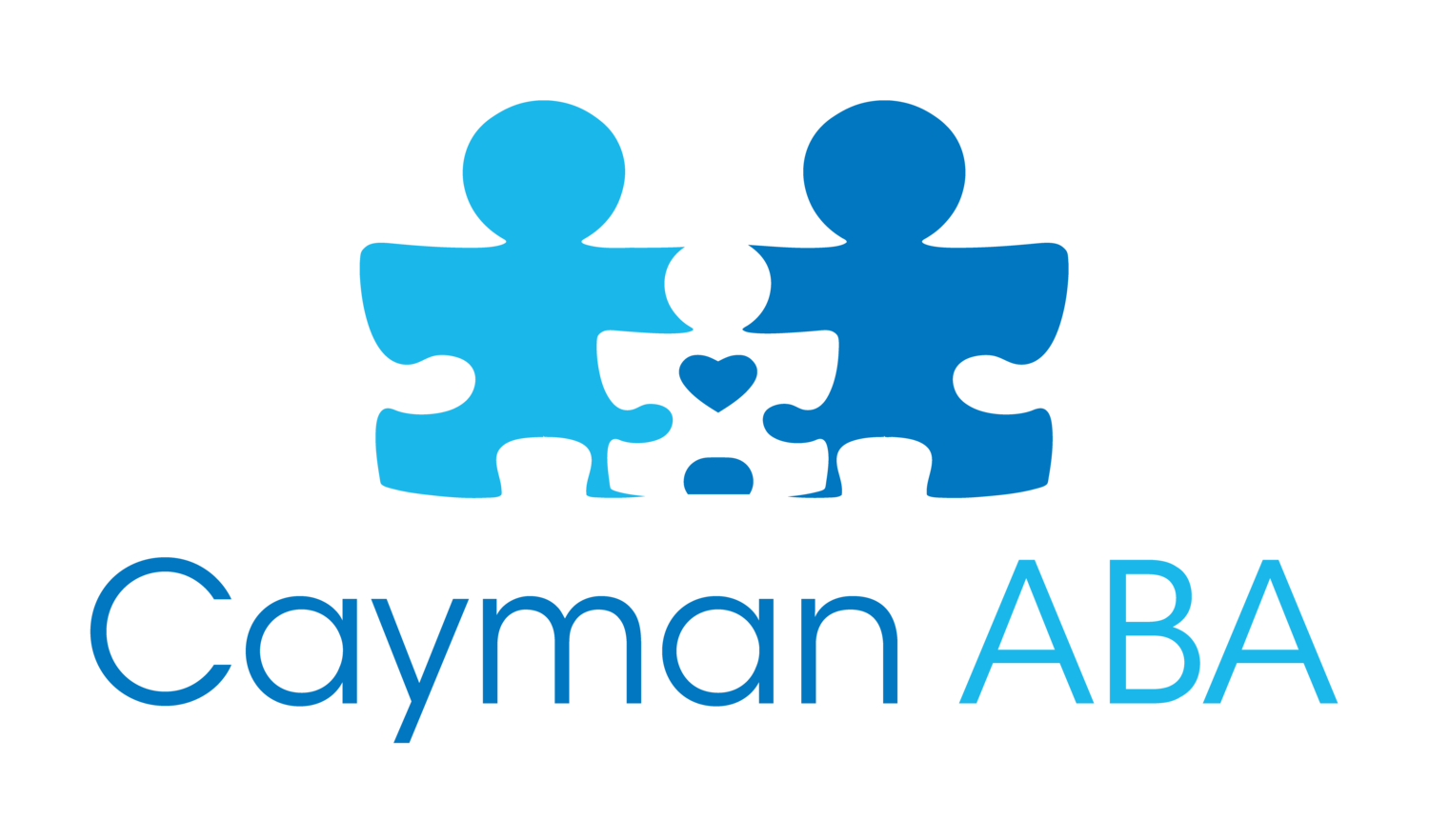Keep it simple.
We’ve heard this expression over and over again and it is often at the core of different methods for teaching new skills. ABA practitioners use Behavioural Skills Training (BST) because it is an evidence-based training method that has been shown to be effective in teaching people all sorts of skills, from things like tying shoes, to working complex machinery. BST has 4 basic steps, they are:
Instruction (Explain the skill): The instructor is clear and concise and lays out expectations and consequences for appropriate behaviours as well as instructions on how the task is to be completed. They may also provide a rationale for the skill or describe why it is important.
For example: Someone using BST to teach appropriate movie-going behaviour would initially explain, “When you are in the theatre you must walk slowly, stay within arms reach of me, and use a quiet voice, so that everyone can hear and get to their movie on time.”
Modelling (Show the skill): The instructor creates an opportunity wherein they can model the skill they are teaching their learners. This creates a reference point for the learner to come back as they learn the skill.
For example: Someone using BST to teach movie-going behaviour would show the learner what walking slowly, staying close, and speaking quietly look like by physically performing these actions or showing a video clip of someone performing these actions.
Rehearsal (Practice the skill): The instructor creates an opportunity for the learners to practice performing the desired skill.
For Example: Someone using BST to teach movie-going behaviour might take a field trip to the theatre or set up a “mini” movie theatre in their house so the learners can practice the skill.
Feedback (Report on how the skill was performed): The instructor provides calm, factual, and helpful feedback to the learner on how the skill was performed and then provides rewards (ABA people would say positive reinforcement) for successful performance and more training on whatever the learner may still need help learning.
For example: Someone using BST to teach movie-going behaviour might congratulate a learner on how well they are walking quietly and remind them to keep their voice low. The instructor would then model keeping their voice low for the learner again. It is important to note that modelling, rehearsal, and feedback are repeated as many times as needed while teaching a skill, and are repeated until the learner has shown that they possess the skill (what those in ABA call “mastery”).
Different people learn differently and, using the movie theatre example above, some may quickly learn to walk quietly, but may struggle staying close and keeping their voice low. With others it may be the opposite. BST provides learners with many opportunities to perform all parts of a skill along with modelling from those that already know how to perform the skill.
While anyone can use the steps of BST to teach someone, it is important that the person using BST have a good relationship (in ABA terms we call that being “paired”) with the individual they are teaching. It is also important to be able to adapt to the learner’s needs. For example, a teacher using BST with someone that has a sensitivity to sound may use visual instructions or the least amount of words while speaking/describing a skill.
Sometimes, when we don’t feel understood, or when we think others haven’t understood us, we may want to think of other ways to explain things. While we may say things that are very true and full of good information, it can actually make it less likely that you will successfully teach the skill.
Remember that it’s better to keep it simple and show your learner what you mean than tell them; then give them the chance to practice it, giving feedback and rewards for doing the skill correctly.
Interested in learning more? Check out these resources on Behavioural Skills Training (BST):
https://bsci21.org/behavior-skills-training-in-4-steps/
https://prezi.com/qdv493njkua7/behavioral-skills-training-procedures/


